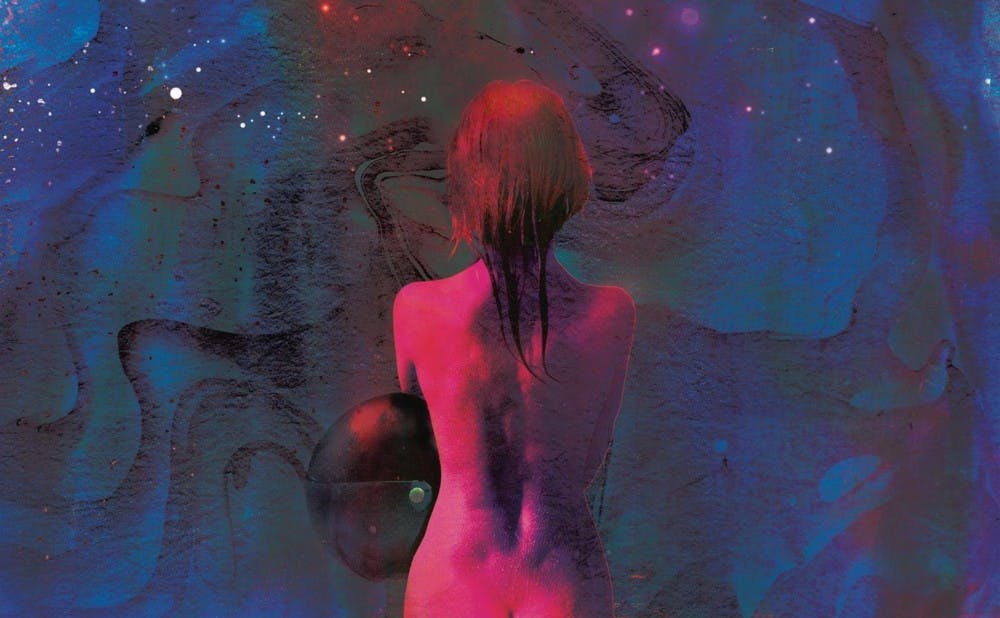Broken Bells
3/5
"After the Disco," Broken Bells’ second album, is a grab-bag of music history references combined with the band's usual synth-driven indie pop. The record valiantly attempts to integrate these various styles, yet on the whole, it is a very hit-or-miss affair.
The most distinct element on "After the Disco," compared to Broken Bells’ self-titled first album, is the broad scope of its production. Danger Mouse, best known for collaborating with Cee-Lo Green in Gnarls Barkley, has thrown together a hodgepodge of different musical genres—often in the same track. Many times, this pays off. 'Control' is an incredibly strange yet excellent fusion of Latin guitars and new wave synthesizers that sounds like a collaboration between Roxy Music and Santana. 'No Matter What You’re Told' combines potentially incongruous ska and ‘60s soul to great effect on the album’s catchiest track.
Broken Bells, however, seems to have focused largely on production on "After the Disco" while neglecting other aspects of song composition. James Mercer, the lead singer for both Broken Bells and The Shins, is the group’s greatest asset. He is a very good singer, and one of the best storytellers in alternative music at the moment. On many of the tracks, he is restrained in favor of showcasing the shiny mélange of beats around him, which often makes the singing feel anonymous. The album opener 'Perfect World' is a particularly egregious example. Mercer listlessly describes garden-variety middle age disillusionment over Danger Mouse’s well-crafted homage to early 2000s dance-rock bands like Franz Ferdinand. Mercer also resorts to a Barry Gibb-like falsetto on some songs in a feeble attempt to inject some artificial personality, but it almost never works.
"After the Disco" is best when its two creative forces sync together. The title track is a blissful disco reverie where Mercer vamps it up over a strutting beat. Danger Mouse cleverly replaces ‘70s disco strings with strafing synthesizers; the song could play at both Studio 54 and a nightclub in Ibiza. The album’s highlight, 'The Angel and the Fool,' is a lovely acoustic ballad with an R&B backbeat. Here, Mercer is truly allowed to play to his natural skills as a troubadour, and he infuses the allegorical song with a powerful sensation of loss.
Overall, "After the Disco" does not lack for ambition. Blending all of these musical styles together into one cohesive album is a very tall order. Ultimately, the record is a little ungainly and it often feels like Mercer and Danger Mouse are in different worlds. But, when "After the Disco" is firing on all cylinders, the results are very good.
Get The Chronicle straight to your inbox
Signup for our weekly newsletter. Cancel at any time.

